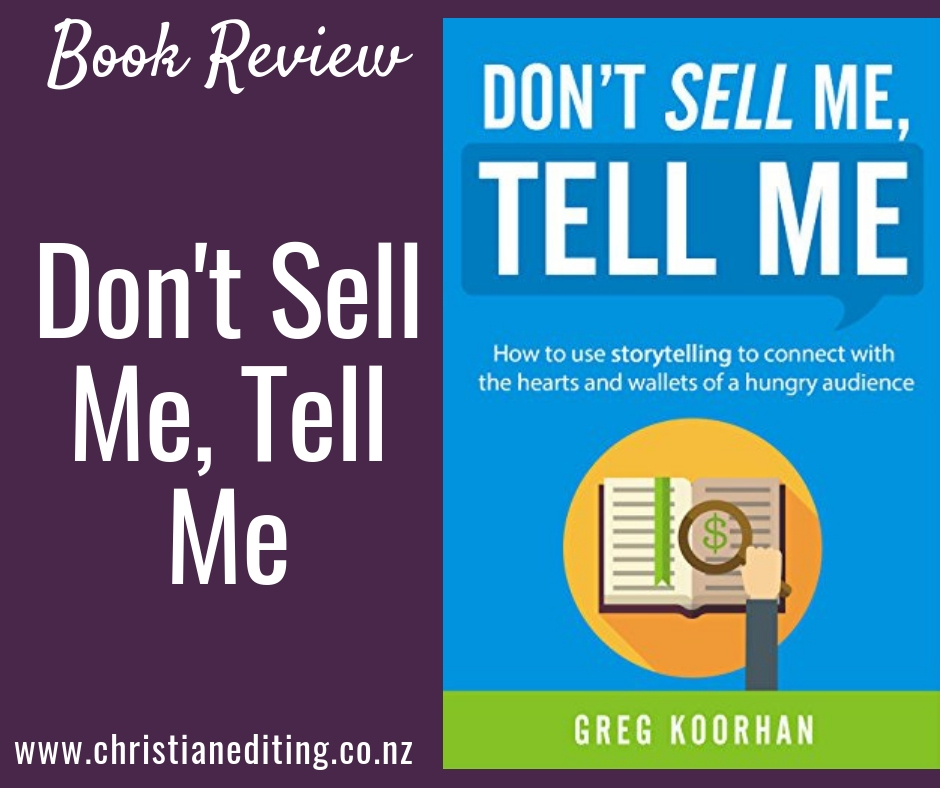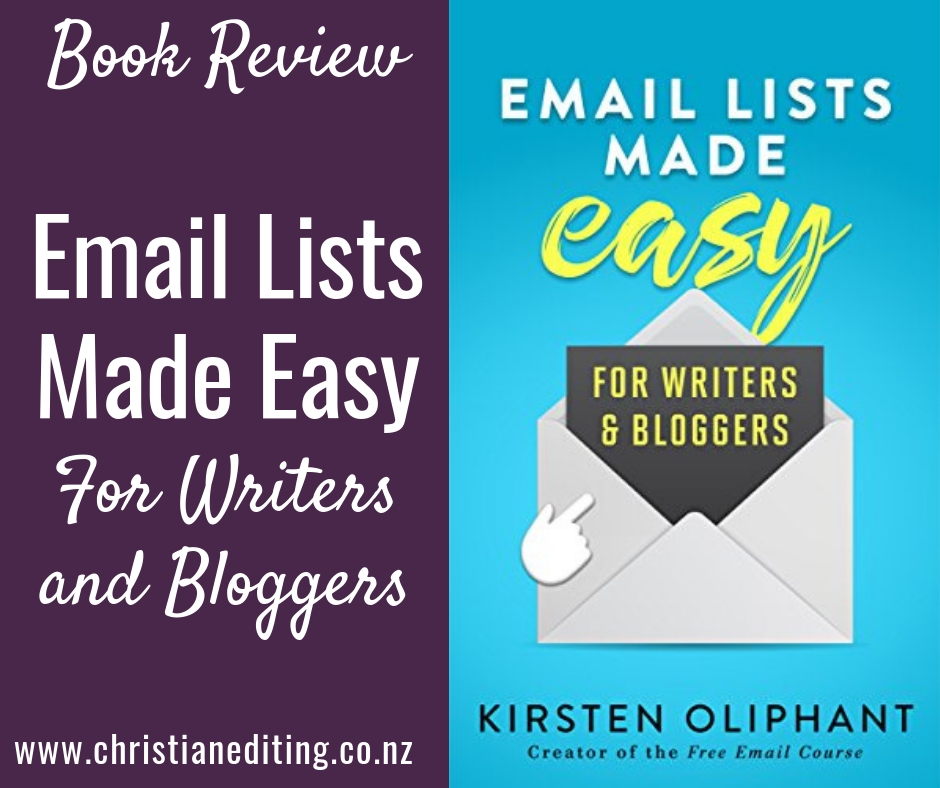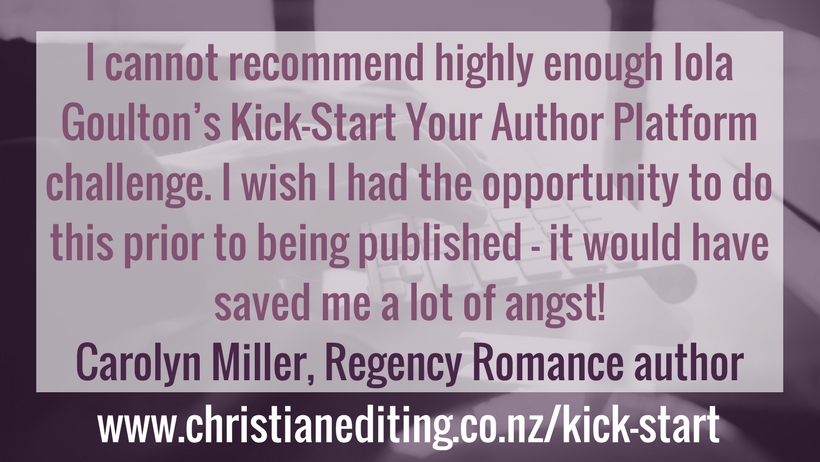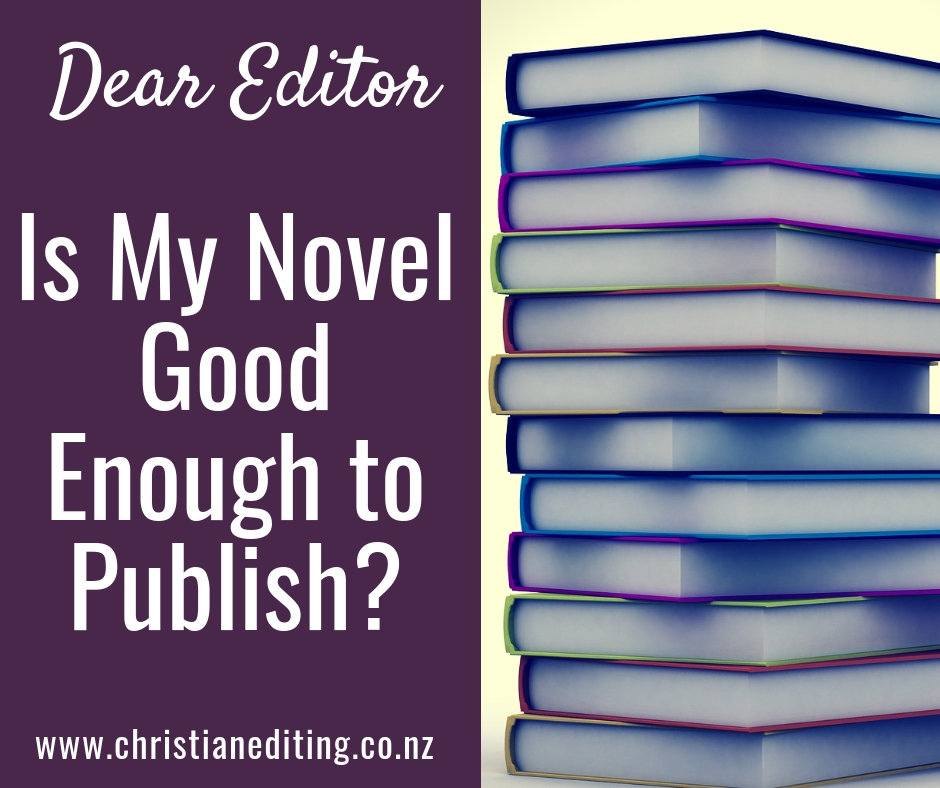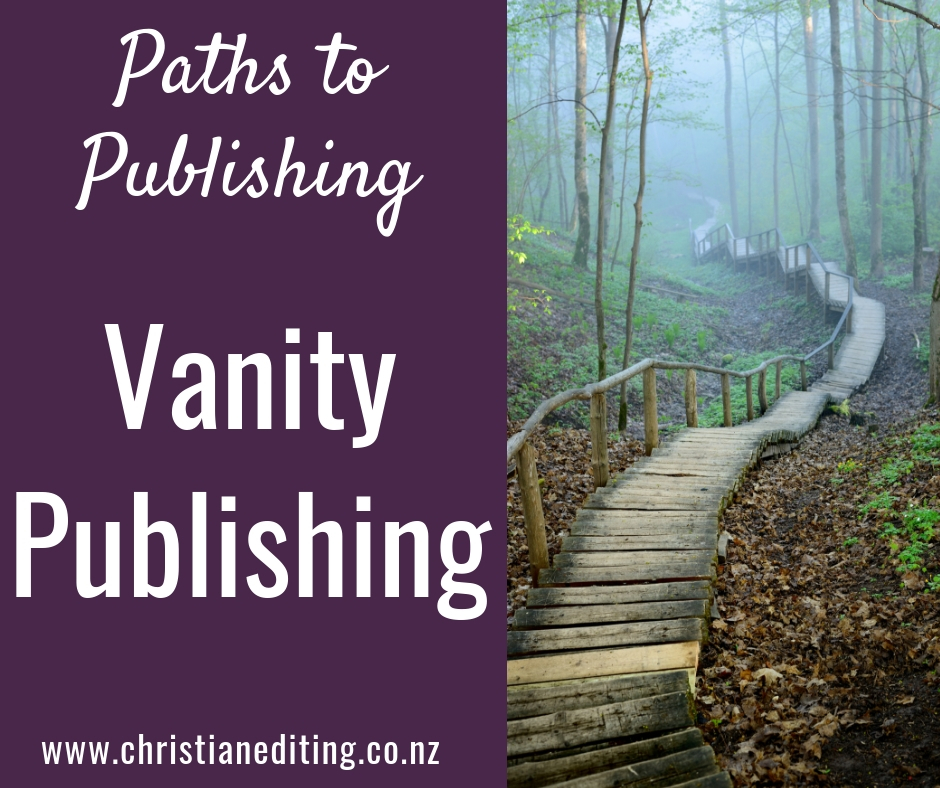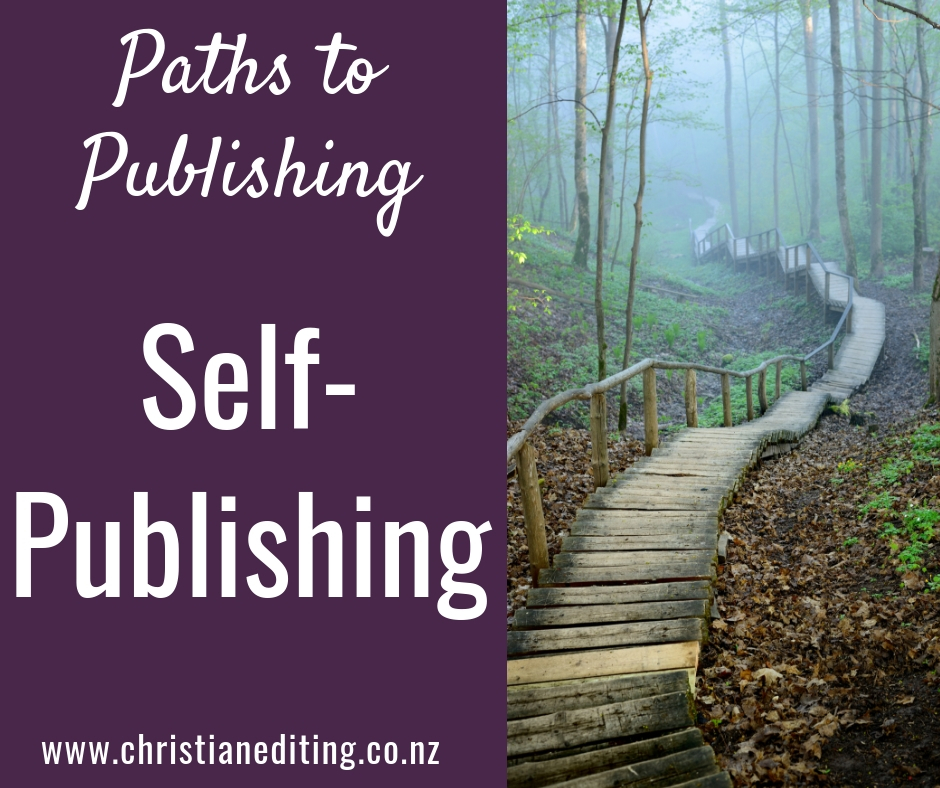I’m a member of American Christian Fiction writers.
I’m not sure if it’s the biggest organisation for Christian writers, but it’s certainly one of the biggest. And it’s not just Americans, despite the name. One of the benefits of ACFW membership is a free monthly online training course covering some aspect of writing, publishing, or marketing. One course that stood out to me was The Writer’s Code, run by Chawna Schroeder.
I wasn’t sure what to expect from the title, but it turned out to be one of the most interesting and thought-provoking courses I’ve taken (or lurked in). Chawna started by saying:
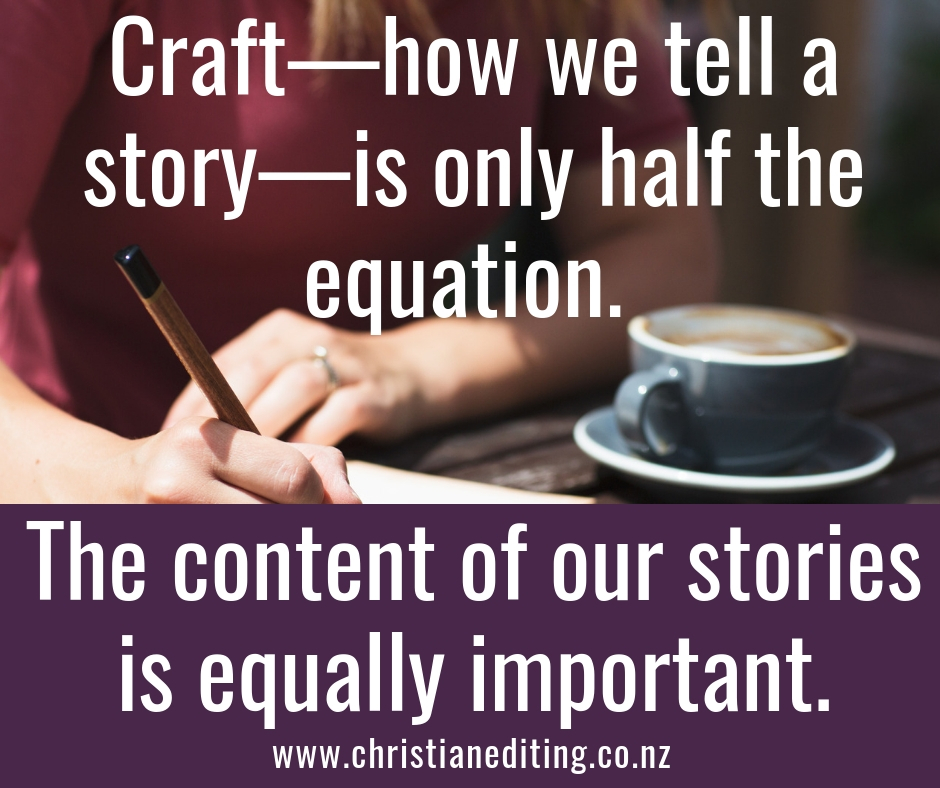
This is especially true for us as Christian writers, as Chawna went on to demonstrate using the standard set in Philippians 4:8:
Finally, brothers, whatever is true, whatever is noble, whatever is right, whatever is pure, whatever is lovely, whatever is admirable—if anything is excellent or praiseworthy—think about such things.
This is what Chawna has dubbed The Writer’s Code: the eight qualities of Philippians 4:8. I think it also provides a solid basis for considering what is Christian fiction … and what isn’t.
Whatever is True
Our writing needs to reflect truth—a conformance to reality. This includes the truths of historical fact, scientific principle, moral law, and human nature. As writers, we can bend historical fact or scientific principle if it benefits the story and depending on the genre (e.g. science fiction or fantasy). What we can’t or shouldn’t do is bend the truth to deceive readers. But bending the truths of human nature can mean we’re writing unrealistic situations.
Whatever is Noble
We need to write about noble heroes and heroines (the antagonists don’t have to be noble). Characters who know right from wrong and live accordingly, who treat others with respect, and who don’t manipulate or deceive others. I would agree this is where our main character needs to be at the end of the novel, but great fiction shows a change in character—such as becoming a more noble person.
She also points out that we should handle difficult situations in a noble manner: we don’t need to graphically show everything. Sometimes the noble choice is to fade to black.
Whatever is Right(eous)
This means writing stories which conform to the Bible and reflect the standards of God, the character of God, and the will of God. For me, this is what sets true Christian fiction apart from fiction written by Christians—the Godly themes and messages. This doesn’t mean only showing characters doing right: that’s going to become boring and preachy. And it goes against the first rule, writing what is true. People are not perfect, so our characters shouldn’t be either.
Whatever is Pure
Purity is freedom from contamination—we should show good as praiseworthy, and evil as something to be avoided or overcome. Chawna also addresses the nature of “clean” fiction, and points out that human standards of what is “clean” change, but God’s standards of what is pure do not. Guess which one we should be aiming for?
Chawna also points out, rightly, that a pure book which reflects God’s truth may have some less-than-savoury elements, while many “clean” books reject the existence of God.
Whatever is Lovely
Yes, we need to pursue loveliness in writing! People appreciate beautiful writing, so add vivid description, use rhetorical devices, add cadence, add variety—anything to engage our reader’s emotions, evoke sympathy and compassion, and perhaps even inspire our readers to change and become better people.
Whatever is Admirable (of good repute)
This quality is about us as authors (and people) as well as about the content we create. Chawna points out that we gain our reputations through association, consistency, and by being memorable.
What she calls reputation by association I call author brand. We all have a brand, and we manage and develop that brand by carefully considering how we are seen online and in the marketplace, and through acting that way consistently (we don’t need to share everything, and we certainly shouldn’t overshare).
Chawna also encourages us to be memorable by seeking excellence, not settling for mediocrity … which leads us nicely onto the next point.
If Anything is Excellent
Chawna challenges us not to write with a “good enough” attitude:
Rather than striving to make every word count, rather than polishing our stories to our fullest ability, rather than digging deeper, we settle for the minimum to gain what we desire. We make our novels good enough to snag an agent, good enough to publish, good enough to win that coveted award … Excellence is never satisfied with “good enough”.
She also uses this commandment to address the spiritual aspects of our writing:
How often do we stop with just proclaiming the simple truth rather than delving into its rich depths in a way that helps our readers not merely know the truth but understand it and even experience it through the lives of our characters?
Yes. Pursue excellence.
If Anything is Praiseworthy
Praiseworthy has two meanings: earning praise from God, and earning praise for God. Chawna suggests writing with God as co-creator rather than writing for him. And seek to glorify God with our writing. I think this goes back to the previous point of seeking excellence. We do not glorify God by publishing a “good enough” novel. The readers will see it, and the reviews will reflect it.
Chawna finishes with a Writer’s Pledge, which she has given me permission to share:
I, ______________________________________, hereby pledge I will learn more and more to create stories which are worth thinking about, conforming to the qualities listed in Philippians 4:8, stories which:
- Conform to reality in historical fact, scientific principle, moral law and human nature (true);
- Offer noble characters, handle serious matters with respect, and deal with ignoble characters/matters appropriately (noble);
- Reflect the standards of God, the character of God, and the will of God (right);
- Offer characters worth imitating, portray sin/evil for what they are, portray God for who He is, show the consequences of actions (positive & negative), and employ the power of suggestion when appropriate (pure);
- Please the senses and move the reader’s heart toward love (lovely);
- Promote a good reputation through appropriate associations, consistency, and being memorable (admirable);
- Go beyond the status quo and pure entertainment and are the very best I can produce with the time and ability God gives at any point (excellent);
- Earn commendation from God, and most of all, glorify Him (praiseworthy).
What do you think?

